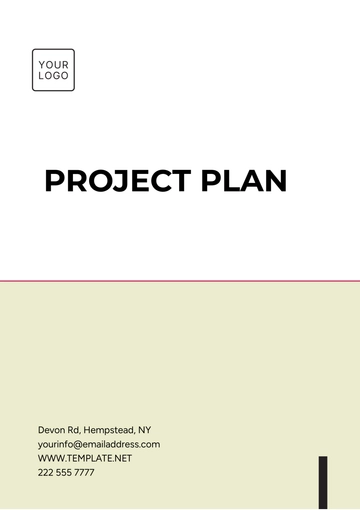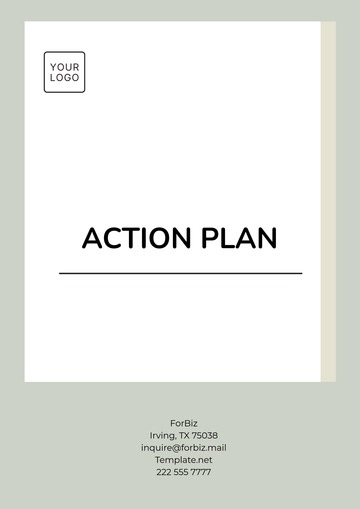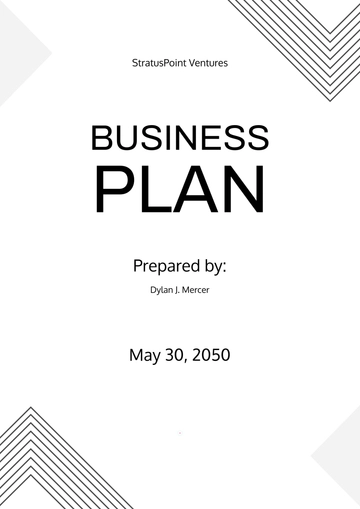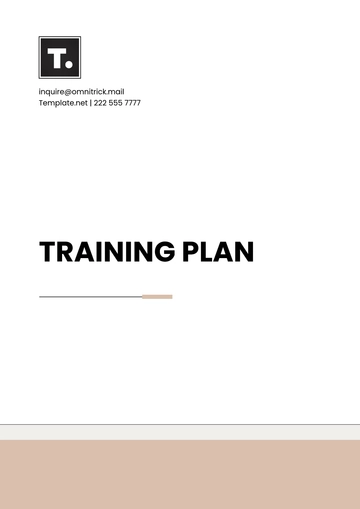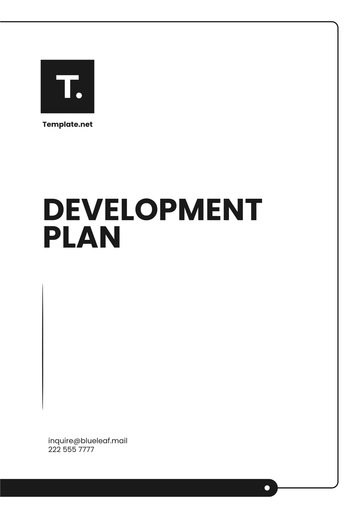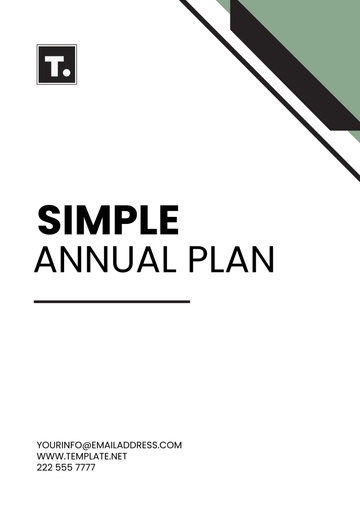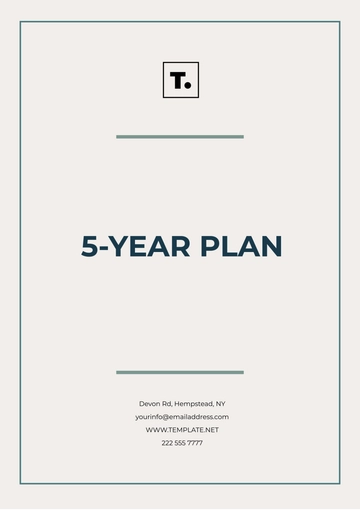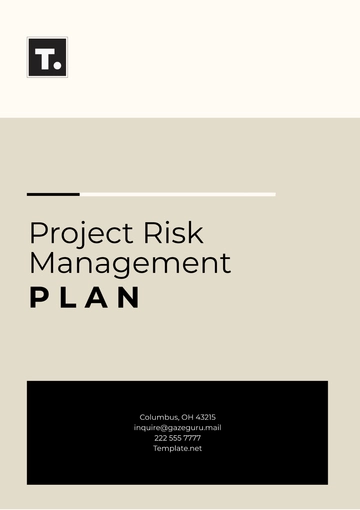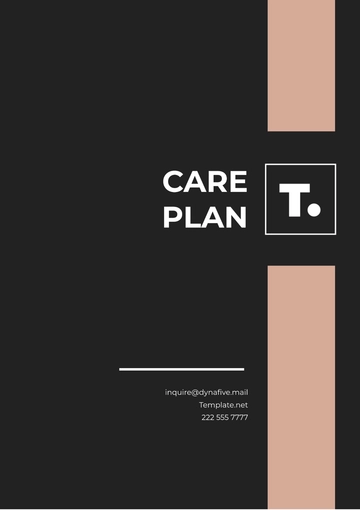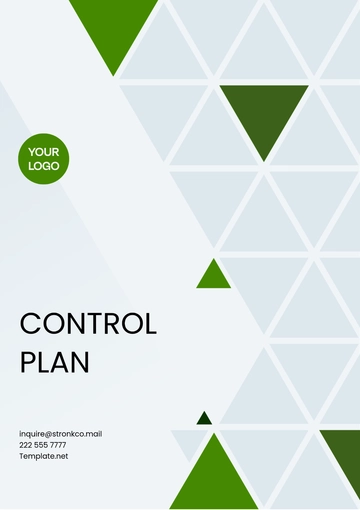Free Medical Records Access Plan
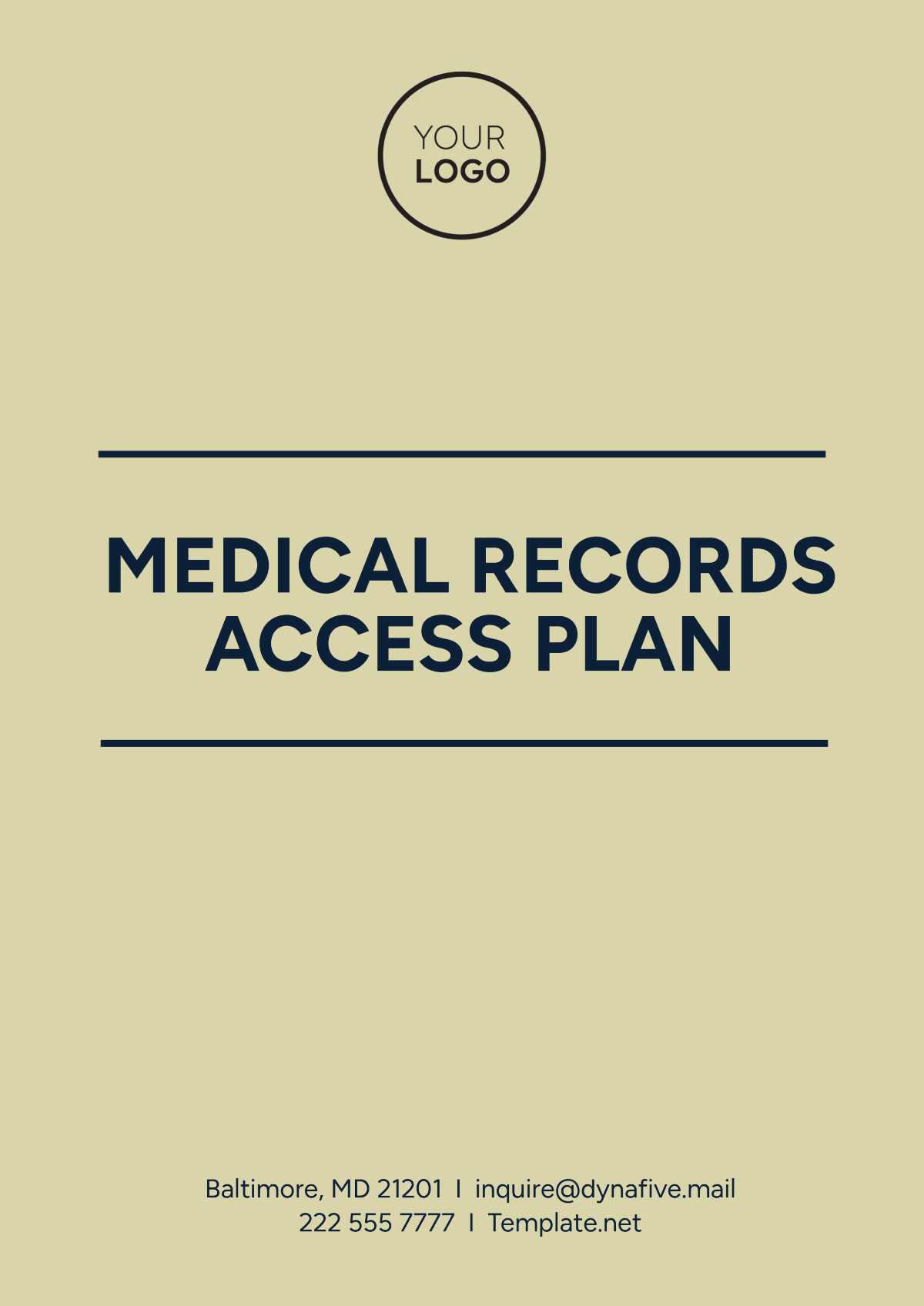
1. Introduction
The purpose of this Medical Records Access Plan is to outline a comprehensive strategy for granting authorized individuals access to medical records, ensuring both data security and patient confidentiality. This plan establishes clear guidelines for managing and controlling access to medical records, guaranteeing compliance with legal and regulatory standards such as HIPAA (Health Insurance Portability and Accountability Act), and safeguarding sensitive patient information from unauthorized access.
2. Objectives
The primary objectives of the Medical Records Access Plan are:
Timely and Secure Access: Ensure that medical records are readily accessible to authorized healthcare providers and administrative staff while maintaining robust security protocols to prevent unauthorized access.
Patient Confidentiality: Protect patient confidentiality by adhering to industry standards and legal regulations such as HIPAA, ensuring that only authorized individuals have access to patient data.
Access Control and Audit: Implement strict access control measures, regularly auditing and reviewing access logs to detect and prevent unauthorized access attempts.
3. Access Control Policy
A. Authorization Levels
Level 1: Full Access for Healthcare Providers
Healthcare providers such as physicians, nurses, and specialists will have full access to medical records necessary for patient care. This includes the ability to view, update, and share patient information.Level 2: Limited Access for Administrative Staff
Administrative staff (e.g., receptionists, schedulers, medical billers) will have restricted access, allowing them to view specific non-sensitive patient data (e.g., appointment history, billing information) but prohibiting changes to medical diagnoses, prescriptions, or treatment plans.Level 3: Restricted Access for External Auditors
External auditors and consultants will have read-only access to medical records for compliance reviews, ensuring adherence to regulations. They will not have the ability to modify any data or access sensitive patient health information beyond what is necessary for the audit.
B. Authentication Procedures
Two-factor Authentication (2FA): All users will be required to complete a two-factor authentication process using both a password and a second layer of verification (e.g., SMS-based code or biometric scan) before accessing any medical records.
Regular Password Updates and Complexity Requirements: All access credentials must adhere to a strict password policy, requiring passwords to be updated every 60 days and including a mix of uppercase and lowercase letters, numbers, and special characters to ensure password strength.
4. Data Security Measures
A. Encryption Standards
To protect sensitive patient data, all medical records will be encrypted both in transit (when transmitted over networks) and at rest (when stored on servers). Encryption will be conducted using industry-standard protocols, such as AES-256 (Advanced Encryption Standard) for data storage and TLS 1.2 (Transport Layer Security) for data transmission, ensuring that data remains confidential and secure from unauthorized access.
B. Monitoring and Auditing
24/7 System Monitoring: A dedicated security team will continuously monitor all access points to medical records systems, using automated tools to flag suspicious activities.
Regular Audits: Audits of user access logs will be performed monthly to review access patterns and identify any anomalies or unauthorized attempts to access medical records. These audits will be documented and reviewed by the compliance team for action.
5. User Training and Compliance
A. Training Programs
Legal and regulatory requirements (e.g., HIPAA compliance)
Safe handling of medical records and personal health information (PHI)
How to recognize phishing attacks, social engineering tactics, and other forms of cyber threats.
B. Compliance Tracking
To ensure continuous compliance with this plan, regular assessments will be conducted, and all employees' adherence to established access control and data protection measures will be tracked. Compliance audits will be reviewed quarterly, and non-compliant actions will be addressed through corrective measures, which may include further training or disciplinary actions.
6. Risk Management
A. Risk Assessments
Periodic risk assessments will be conducted to identify potential vulnerabilities within the system and access controls. These assessments will focus on evaluating threats such as:
Unauthorized access attempts
Insider threats (e.g., employees mishandling data)
System vulnerabilities or outdated security protocols
B. Mitigation Measures
Once risks are identified, appropriate measures will be implemented, including updating access control protocols, patching security vulnerabilities, and enhancing monitoring systems to detect emerging threats.
7. Incident Response Plan
Detection: Identification of the breach through automated monitoring systems or employee reports.
Containment: Immediate action to prevent further unauthorized access, including isolating affected systems or user accounts.
Notification: Informing the relevant authorities, such as regulatory bodies, affected patients, and other stakeholders, as required by law (e.g., HIPAA breach notification).
Remediation: Investigating the root cause of the breach and implementing corrective measures to prevent recurrence.
Post-Incident Review: A comprehensive review of the incident will be conducted to evaluate the response and identify areas for improvement in security protocols and employee training.
8. Conclusion
The implementation of the Medical Records Access Plan ensures that our organization can effectively manage and secure medical records while safeguarding patient information. By adhering to robust access control measures, data security protocols, regular audits, and comprehensive employee training, we will comply with legal and regulatory standards, protect patient privacy, and provide secure access to authorized users. This plan will be regularly reviewed and updated to address emerging threats and technological advancements.
- 100% Customizable, free editor
- Access 1 Million+ Templates, photo’s & graphics
- Download or share as a template
- Click and replace photos, graphics, text, backgrounds
- Resize, crop, AI write & more
- Access advanced editor
Simplify access to patient information with Template.net's Medical Records Access Plan Template. This editable and customizable tool is perfect for healthcare facilities managing sensitive data. Editable in our Ai Editor Tool, it ensures secure and efficient record access planning.
You may also like
- Finance Plan
- Construction Plan
- Sales Plan
- Development Plan
- Career Plan
- Budget Plan
- HR Plan
- Education Plan
- Transition Plan
- Work Plan
- Training Plan
- Communication Plan
- Operation Plan
- Health And Safety Plan
- Strategy Plan
- Professional Development Plan
- Advertising Plan
- Risk Management Plan
- Restaurant Plan
- School Plan
- Nursing Home Patient Care Plan
- Nursing Care Plan
- Plan Event
- Startup Plan
- Social Media Plan
- Staffing Plan
- Annual Plan
- Content Plan
- Payment Plan
- Implementation Plan
- Hotel Plan
- Workout Plan
- Accounting Plan
- Campaign Plan
- Essay Plan
- 30 60 90 Day Plan
- Research Plan
- Recruitment Plan
- 90 Day Plan
- Quarterly Plan
- Emergency Plan
- 5 Year Plan
- Gym Plan
- Personal Plan
- IT and Software Plan
- Treatment Plan
- Real Estate Plan
- Law Firm Plan
- Healthcare Plan
- Improvement Plan
- Media Plan
- 5 Year Business Plan
- Learning Plan
- Marketing Campaign Plan
- Travel Agency Plan
- Cleaning Services Plan
- Interior Design Plan
- Performance Plan
- PR Plan
- Birth Plan
- Life Plan
- SEO Plan
- Disaster Recovery Plan
- Continuity Plan
- Launch Plan
- Legal Plan
- Behavior Plan
- Performance Improvement Plan
- Salon Plan
- Security Plan
- Security Management Plan
- Employee Development Plan
- Quality Plan
- Service Improvement Plan
- Growth Plan
- Incident Response Plan
- Basketball Plan
- Emergency Action Plan
- Product Launch Plan
- Spa Plan
- Employee Training Plan
- Data Analysis Plan
- Employee Action Plan
- Territory Plan
- Audit Plan
- Classroom Plan
- Activity Plan
- Parenting Plan
- Care Plan
- Project Execution Plan
- Exercise Plan
- Internship Plan
- Software Development Plan
- Continuous Improvement Plan
- Leave Plan
- 90 Day Sales Plan
- Advertising Agency Plan
- Employee Transition Plan
- Smart Action Plan
- Workplace Safety Plan
- Behavior Change Plan
- Contingency Plan
- Continuity of Operations Plan
- Health Plan
- Quality Control Plan
- Self Plan
- Sports Development Plan
- Change Management Plan
- Ecommerce Plan
- Personal Financial Plan
- Process Improvement Plan
- 30-60-90 Day Sales Plan
- Crisis Management Plan
- Engagement Plan
- Execution Plan
- Pandemic Plan
- Quality Assurance Plan
- Service Continuity Plan
- Agile Project Plan
- Fundraising Plan
- Job Transition Plan
- Asset Maintenance Plan
- Maintenance Plan
- Software Test Plan
- Staff Training and Development Plan
- 3 Year Plan
- Brand Activation Plan
- Release Plan
- Resource Plan
- Risk Mitigation Plan
- Teacher Plan
- 30 60 90 Day Plan for New Manager
- Food Safety Plan
- Food Truck Plan
- Hiring Plan
- Quality Management Plan
- Wellness Plan
- Behavior Intervention Plan
- Bonus Plan
- Investment Plan
- Maternity Leave Plan
- Pandemic Response Plan
- Succession Planning
- Coaching Plan
- Configuration Management Plan
- Remote Work Plan
- Self Care Plan
- Teaching Plan
- 100-Day Plan
- HACCP Plan
- Student Plan
- Sustainability Plan
- 30 60 90 Day Plan for Interview
- Access Plan
- Site Specific Safety Plan
